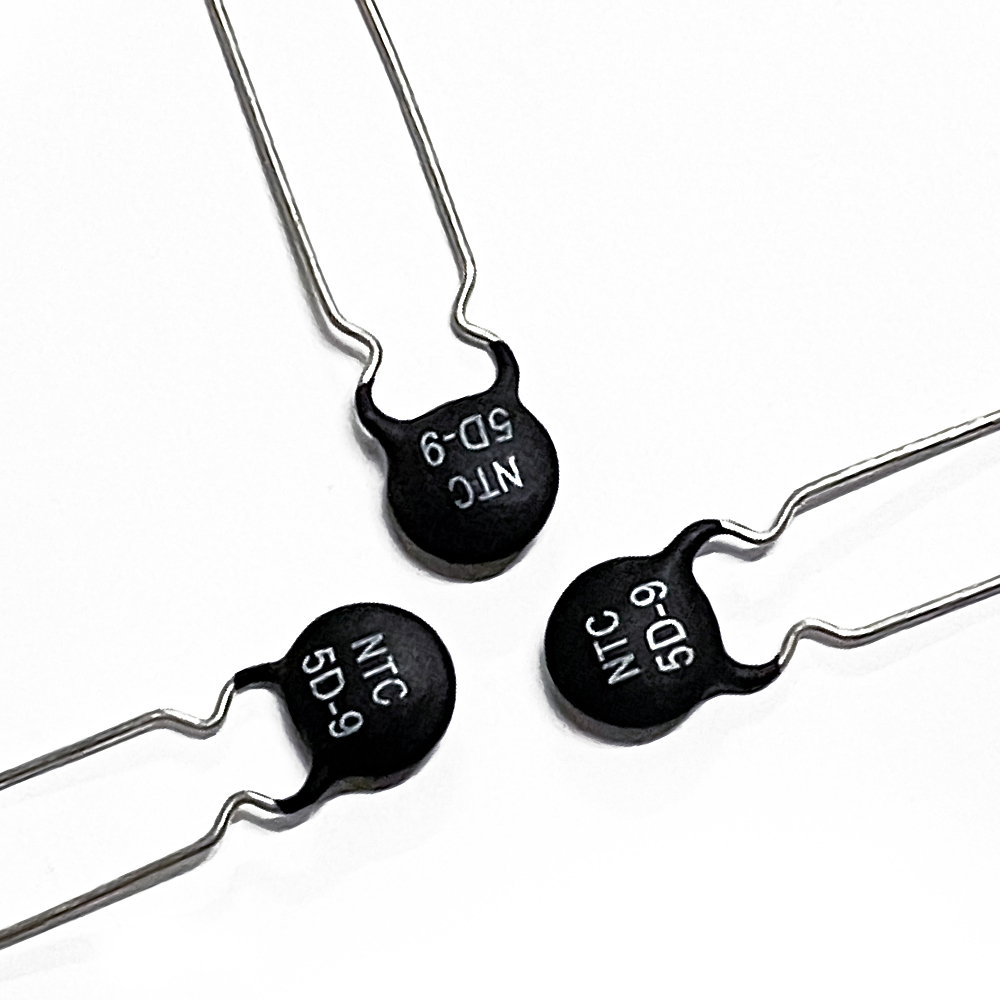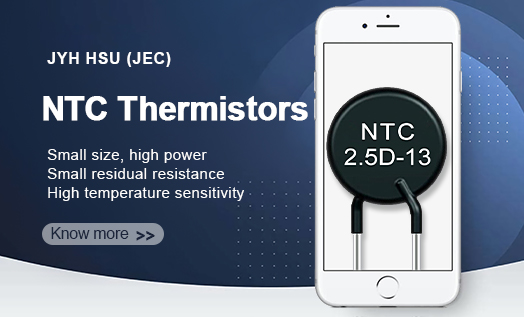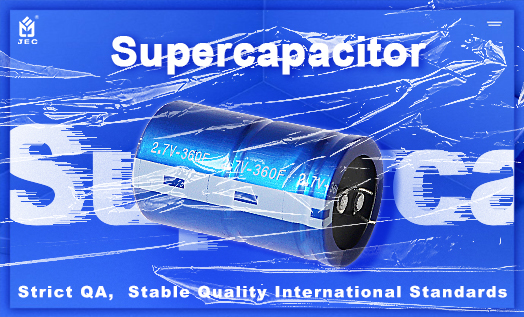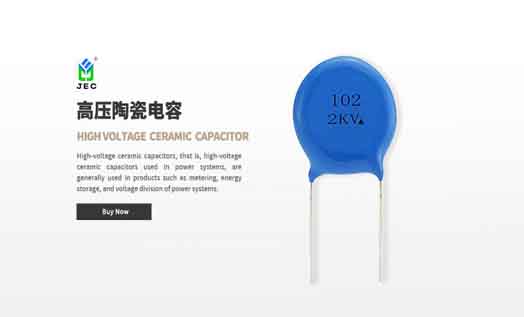Dec. 04, 2023
A thermistor, a widely utilized electronic component renowned for its temperature sensitivity, plays a crucial role in applications such as air conditioners, microwave ovens, toaster ovens, printers, and more. Its capacity to detect subtle temperature changes, coupled with a broad operating temperature range, makes it an ideal choice for temperature control.
One defining characteristic of thermistors is their ability to undergo resistance changes in response to temperature variations. Categorized into positive temperature coefficient thermistors (PTC) and negative temperature coefficient thermistors (NTC), the former sees an increase in resistance with rising temperatures, while the latter witnesses a decrease in resistance as temperatures drop.

Within the realm of NTC thermistors, a significant parameter takes center stage: the B value. Also known as the thermal index, the B value represents the material constant of the thermistor. Formed after the high-temperature sintering of the thermistor chip, this value denotes a specific resistivity that characterizes the physical properties of the thermistor material. Each formulation and sintering temperature combination results in a unique B value, reflecting resistance changes between two temperatures.
Determining the B value involves measuring resistance at 25°C and 50°C (or 85°C). A higher B value signifies a swifter decrease in resistance with temperature escalation, indicating heightened sensitivity. Conversely, a smaller B value implies a slower response. It's essential to note that the B value is not a constant during actual operation; it experiences a slight increase with rising temperatures.
Typically falling within the range of 2000K-6000K, the B value of NTC thermistors varies based on the application. For products designed for temperature measurement, compensation, and surge suppression resistance, a larger B value is preferable. A higher B value translates to more significant resistance changes with temperature fluctuations, signifying increased sensitivity to temperature variations.

Thermistors' High Precision in Temp. Measurement
Dec. 04, 2023

Advantages of Super Capacitor in Automotive Applications
Dec. 04, 2023

+86 181 2299 5593
+86 18122995593
+86 769 8831 3605
Beside Luchong Bridge, Hou Road, Caibai Village, Daojiao Town, Dongguan, Guangdong, China
Navigation